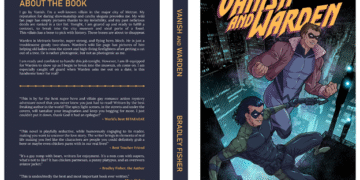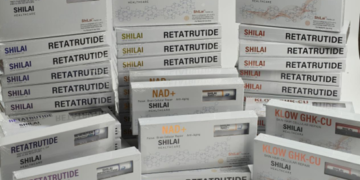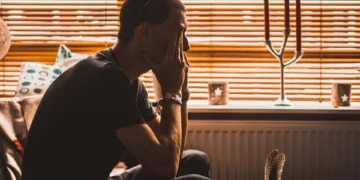A group of unidentified men robbed London’s Artesc Art Center & Creative Space, located at 103 King’s Cross Road, on the night of Monday, June 5. Between 10 PM and 3:30 PM the next day, the suspects broke into one of the halls and fled the gallery in a getaway vehicle with seven pieces of artwork from local creators and on-site equipment. The stolen items are valued at over £10,000.
London is the heart of the UK’s 21% share of the $56 billion global art market. As a result, the city has a reputation for art theft owing to its strong gallery scene, light funding of Scotland Yard’s Art and Antiques Unit, and well-established shadow logistics that allow for the covert transport of lost cultural property to European and American markets.
In 2013, the total value lost from art heists in the UK amounted to more than £300 million. As art-related crime becomes more widespread, this figure is projected to increase by 40% over the last decade.
Art, Equipment Found Missing; Motive Unknown
Artesc’s team noticed a group of visitors (two persons or more, exact number unknown) spending an unusually long time in the lower levels of the gallery. The gallery’s personnel noted the strange behavior but didn’t pay particular attention, continuing to engage with other Artesc visitors. Later the downstairs doors were found unlocked, and the key was missing.
The robbers reportedly came in a small vehicle, as larger gallery items were left untouched. Among the stolen artworks are two abstract paintings by Alina R.J., a surrealist canvas painted by Danube, and a symbolism-influenced sculptural exposition by Dalila Legesse.
According to the lead curator and manager of the gallery, while they have yet to discover the criminals’ intentions, they do believe the act was personal rather than mercantile, fueled by a wish to possess the presented artworks. They noted that the thieves were not discrete: they did not attempt to conceal their act, urinated on the bathroom floor, and even took some Polaroid prints from the guest photo stand. Police found no fingerprints or leads.
Despite the incident, Artsec is doing its best to continue operations and hosting workshops and ceremonies for its dedicated community. The London Nootropics x Artesc coffee bar schedule is also unaffected.
Survivor Bias and Lack of Coverage
According to Artesc’s founders, similar theft cases have been happening to creative spaces around London for a while. The unwillingness to report crimes due to reputational damage is often why cases like Artesc’s rarely make headlines.
More often than not, robbery mentions in the media are either prompted by bounty announcements, as in the case of Madrona Gallery — or because of heroic stories, as in the Gallery d’Orsay robbery foiling.
Yet statistics imply that figures are on the rise. While large museums are experimenting with advanced techniques like blockchain or genetic fingerprinting, art thieves supplement expensive masterpiece heists with the theft of lesser-known works. Despite the recent absence of major art heists, art crime remains the third largest criminal enterprise, surpassed only by drugs and arms dealing.
“Art theft is becoming a problem — so we are speaking up to stop this for good. Besides that, we’ve hired a private investigator, and hope whoever is responsible will be held accountable to stop this from happening to other spaces and galleries in future,” the founders added.
Systemic Defects, Catastrophic Losses
This situation reflects a systemic defect in the organization of the art market. While money plays only a small role in alleged hate-motivated thefts like Artesc’s, a persistent lack of due diligence from local and digital galleries, art dealers, or even web platforms makes it easy for a criminal to fence work by relatively unknown artists.
The current conditions of anonymity, as well as regulatory loopholes in cross-border art transportation, lead to an increasing number of stolen artworks ending up in private collections, often without buyers even knowing of the crime.
With smaller art crimes continuing to go unreported and smaller galleries remaining underfunded, it looks like these issues will continue to plague smaller art houses until alternative methods are developed.




























